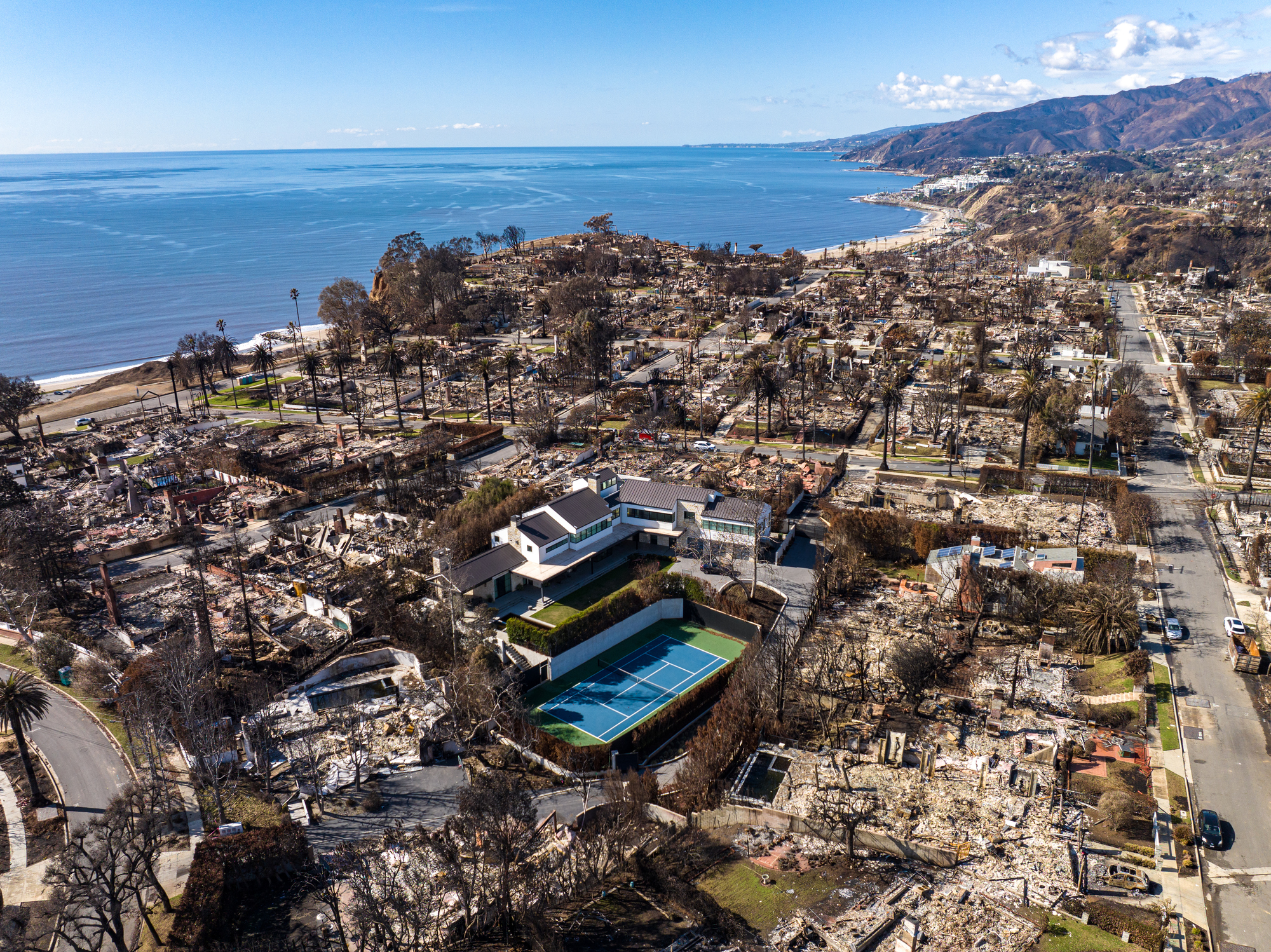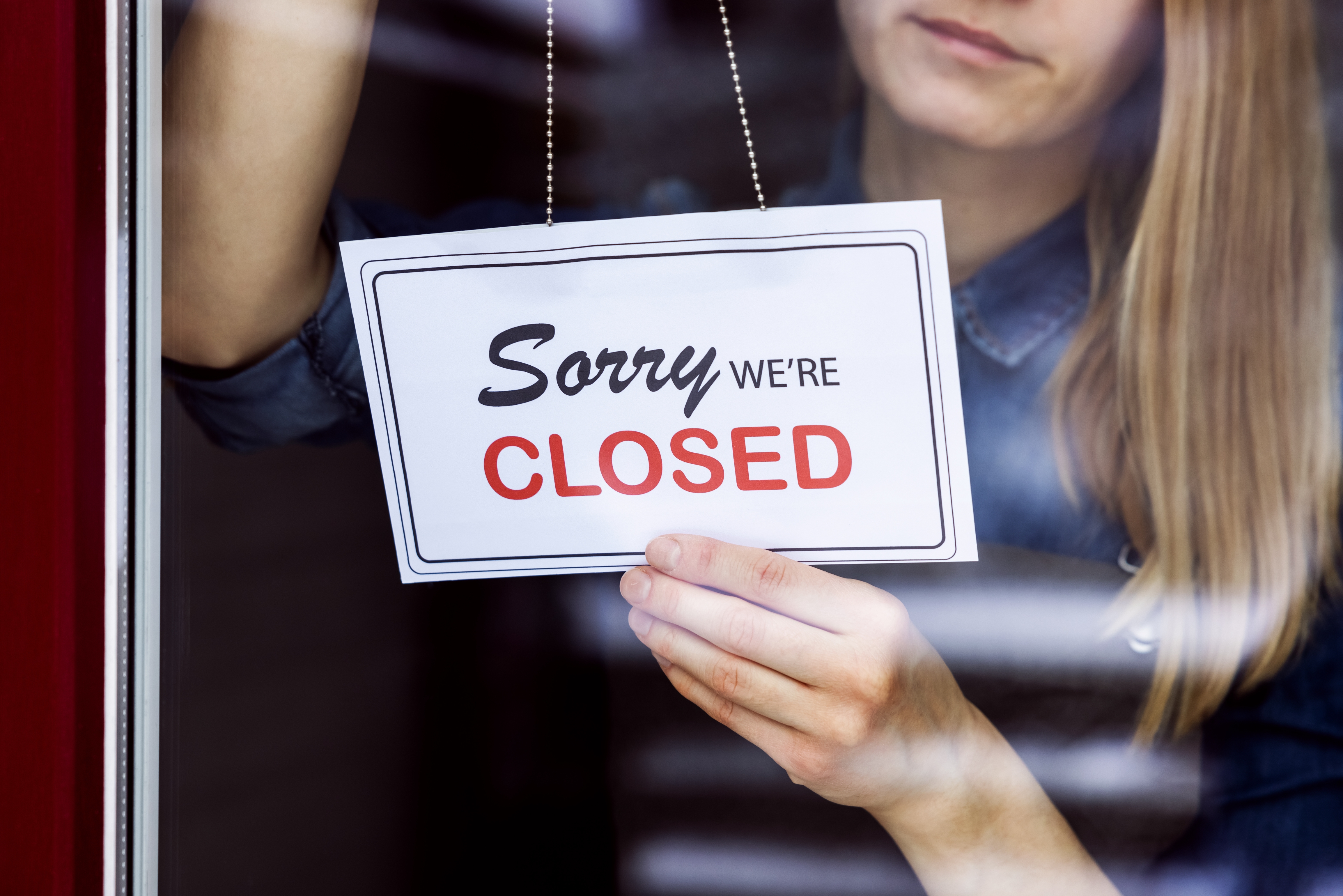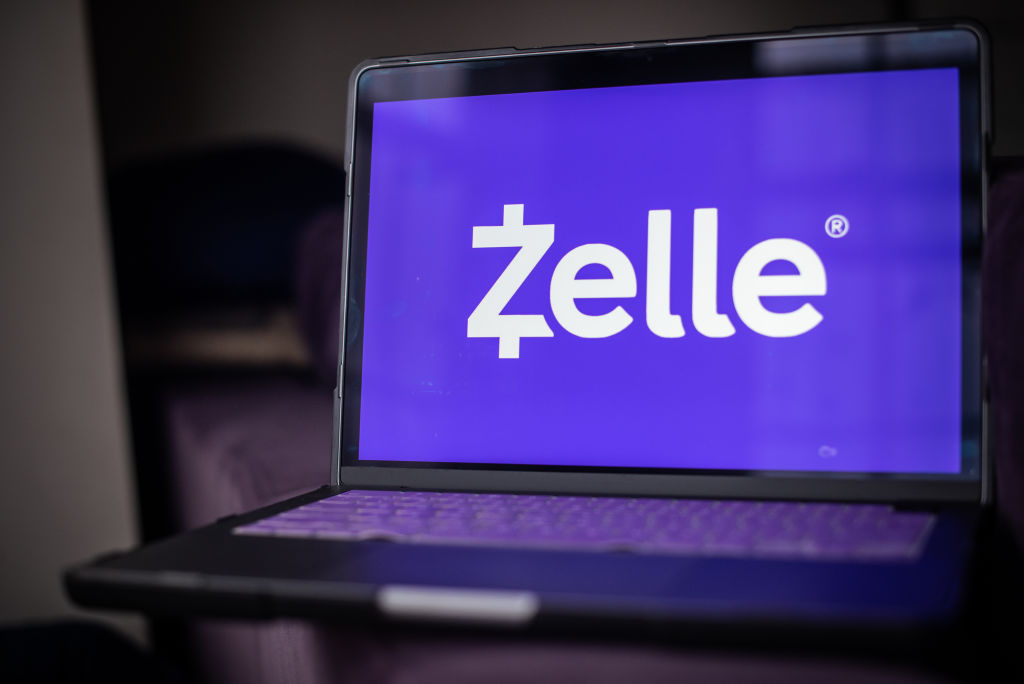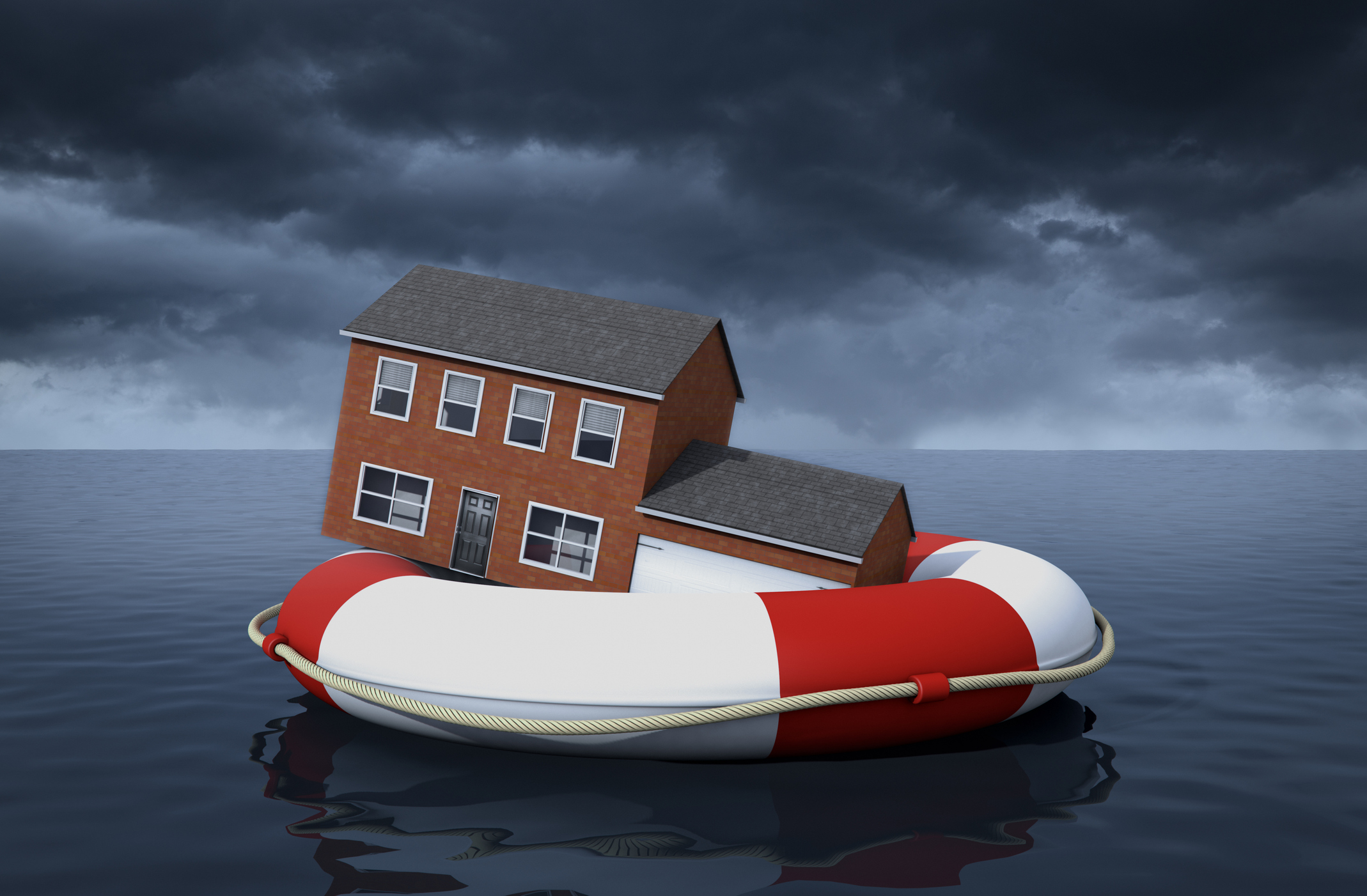State Farm Seeks Emergency Insurance Rate Hikes in California After Wildfires
State Farm is seeking emergency rate hikes of up to 38% for California homeowners, renters and landlords following wildfire losses.


State Farm General, the largest provider of Fire insurance in California, has requested an emergency rate hike of 22% for homeowners following one of the most expensive natural disasters in U.S. history. The company has already paid out over $1 billion in claims, with more expected in the coming months.
In a letter to the California Department of Insurance (CDI), State Farm argues that these increases are necessary to maintain financial stability and continue offering coverage in wildfire prone areas. “This request will help avert a dire situation for our customers,” the company stated.
California has an insurance crisis, as residents already pay some of the highest home insurance premiums in the country, and major insurers have pulled back from the market in recent years due to rising wildfire risks. With this latest request, homeowners could face even higher costs and fewer coverage options.

Sign up for Kiplinger’s Free E-Newsletters
Profit and prosper with the best of expert advice on investing, taxes, retirement, personal finance and more - straight to your e-mail.
Profit and prosper with the best of expert advice - straight to your e-mail.
The growing financial toll of wildfires in California
The recent wildfires in California have caused an estimated $135 billion to $150 billion in total damage and economic losses, according to AccuWeather. The Los Angeles region alone saw 12,000 homes destroyed, adding to the growing financial strain on insurers.
As of February 1, State Farm General has received more than 8,700 claims, already paying out over $1 billion, with additional claims expected. In a statement, the company emphasized that rate increases are necessary to cover future claims, given the growing risks in the state.
However, the California Department of Insurance has raised concerns about State Farm’s financial situation, questioning the justification for these rate hikes. "To protect millions of California consumers and the integrity of our residential property insurance market, the Department will respond with urgency and transparency to recommend a course of action for Commissioner Ricardo Lara," CDI stated.
Currently, there is no proposed timeline for approval or denial of State Farm’s request.
State Farm seeks sharp rate increases across California
State Farm is proposing substantial rate hikes across different property types, including:
- 22% increase for homeowners
- 15% increase for renters and condo owners
- Up to 38% increase for rental dwellings
The company cites rising wildfire risks and mounting financial losses as justification, claiming these increases are crucial to offset claims and ensure long-term stability.
However, consumer advocacy groups like Consumer Watchdog, have strongly opposed the request. Critics argue that homeowners should not bear the burden of corporate losses, especially when State Farm’s parent company holds $135 billion in reserves. They also point to State Farm’s $1.4 billion in profits from 2020 to 2022, questioning the timing and necessity of such a drastic hike.
State Farm has pursued similar increases before. A previous 20% rate hike took effect in March 2024. In June 2023, the company applied for a 30% rate increase totaling $1.3 billion, arguing that California policyholders — not its parent company — should help shore up its finances.
Other insurers, including Allstate and Farmers, have also sought double-digit rate increases or reduced their presence in California, citing similar financial pressures.
How homeowners can navigate rising insurance costs
With rising insurance costs and fewer options, California homeowners must explore alternatives to protect their properties. Some may turn to the California FAIR Plan, a last-resort insurance program for high-risk areas, though it often comes with higher premiums and limited coverage. Others might try bundled policies or regional insurers that still operate in wildfire-prone areas.
Another way to manage rising costs is through mitigation efforts to protect your home from natural disaster, which may make homeowners eligible for discounts or expanded coverage. For wildfires, this includes fire-resistant roofing, defensible space around properties and improved sprinkler systems. Some insurers, including State Farm, offer incentives for wildfire-resistant improvements but availability and savings vary.
Use our tool below, in partnership with Bankrate, to compare today’s home insurance rates:
State Farm’s proposed rate hikes underscore the worsening crisis in California’s home insurance market. Insurers face mounting wildfire-related losses, and homeowners struggle with rising costs. The outcome of State Farm’s emergency request will set a precedent for future rate increases and could influence how other insurers approach coverage in high-risk regions.
Beyond California, this issue has broader implications for other disaster-prone states, where hurricanes, floods and wildfires are driving higher insurance costs and insurer withdrawals. As regulators weigh consumer protection against insurer solvency, the uncertainty surrounding State Farm’s request leaves many homeowners wondering just how much higher premiums can go before coverage becomes unattainable.
Related content
Get Kiplinger Today newsletter — free
Profit and prosper with the best of Kiplinger's advice on investing, taxes, retirement, personal finance and much more. Delivered daily. Enter your email in the box and click Sign Me Up.

Carla Ayers joined Kiplinger in 2024 as the E-Commerce & Personal Finance Editor. She earned a master's degree in Integrated Marketing Communications from Eastern Michigan University. Her professional background spans both commercial and residential real estate, enriching her writing with firsthand industry insights. She is passionate about making complex real estate and financial topics accessible for all readers. Dedicated to transparency and clarity, her ultimate goal is to help her audience make informed and confident decisions in their financial pursuits.
-
 How to Get Apple TV Plus for just $2.99
How to Get Apple TV Plus for just $2.99For a limited time, you can get three months of Apple TV Plus for just $2.99 per month. Here’s how to get the deal.
By Rachael Green Published
-
 Stock Market Today: Stocks Surge to Close a Volatile Week
Stock Market Today: Stocks Surge to Close a Volatile WeekIt was another day with a week's worth of both news and price action, but it ended on a strongly positive note.
By David Dittman Published
-
 How to Get Apple TV Plus for just $2.99
How to Get Apple TV Plus for just $2.99For a limited time, you can get three months of Apple TV Plus for just $2.99 per month. Here’s how to get the deal.
By Rachael Green Published
-
 Don’t Panic About the “Retail Blackout” – See Which Stores Are Closing (and Which Aren’t) for Easter 2025
Don’t Panic About the “Retail Blackout” – See Which Stores Are Closing (and Which Aren’t) for Easter 2025Dozens of major retailers are planning to close their doors on April 20. Find out which of your go-to stores are on the list.
By Rachael Green Published
-
 Home Insurance: How to Cut Costs Without Losing Coverage
Home Insurance: How to Cut Costs Without Losing CoverageNatural disasters are causing home insurance premiums to soar, but don't risk dropping your coverage completely when there are ways to keep costs down.
By Jared Elson, Investment Adviser Published
-
 Why Homeowners Insurance Has Gotten So Very Expensive
Why Homeowners Insurance Has Gotten So Very ExpensiveThe home insurance industry is seeing more frequent and bigger claims because of weather, wildfires and other natural disasters.
By Karl Susman, CPCU, LUTCF, CIC, CSFP, CFS, CPIA, AAI-M, PLCS Published
-
 Should You Get Auto or Home Insurance Through Costco?
Should You Get Auto or Home Insurance Through Costco?Costco members can access discounted insurance through Connect by American Family — but is it really a better deal?
By Paige Cerulli Published
-
 Zelle App Shut Down? Why Zelle Has Discontinued Its App
Zelle App Shut Down? Why Zelle Has Discontinued Its AppWith the Zelle app shut down, learn how you can still use Zelle and which other mobile payment apps you might want to consider.
By Paige Cerulli Published
-
 Use This 1-Year CD if You’ll Owe Taxes Next Year
Use This 1-Year CD if You’ll Owe Taxes Next YearA one-year CD allows you to set money aside now for taxes you'll owe next year. We'll show our best choice.
By Sean Jackson Published
-
 How to Lower Home Insurance Rates When Climate Change Increases Costs
How to Lower Home Insurance Rates When Climate Change Increases CostsA top insurer warns the damage climate change causes is making it cost-prohibitive for insurers in some areas. Learn how to protect your home and lower costs.
By Sean Jackson Published